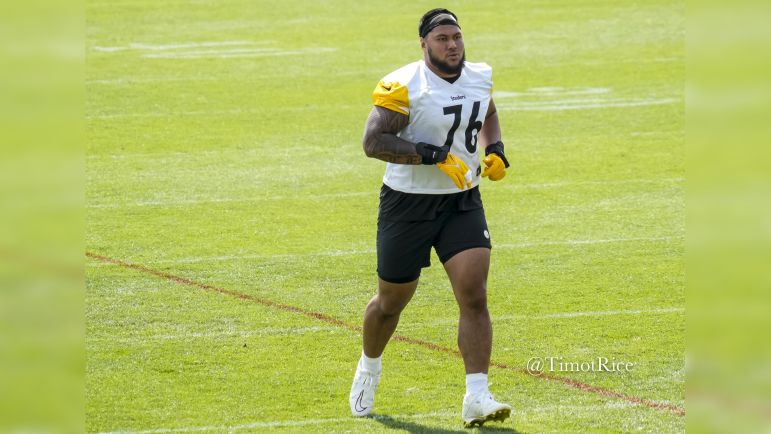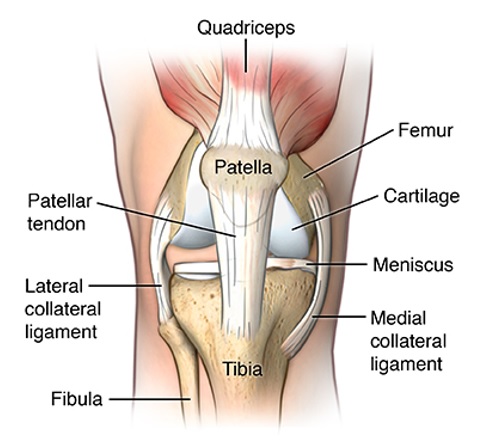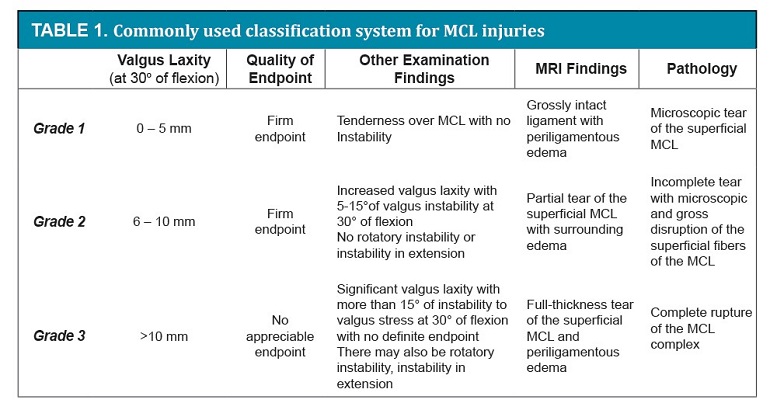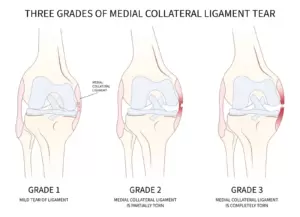In his NFL debut, rookie offensive tackle Troy Fautanu sustained a knee sprain, according to Steelers coach Mike Tomlin. The following day, there was good news from multiple sources. NFL insider Jeremy Fowler reported that the injury was mild.
Steelers reporter Gerry Dulac specified that the first-round draft pick had an MCL sprain and was expected to miss only two weeks:
Things were looking positive again when the Steelers resumed training camp in Latrobe on Sunday. Fautanu was not practicing but he was seen at Saint Vincent College with a leg brace by multiple reporters. Offering an update, Tomlin confirmed that Fautanu would be out this week but that they were hoping for a quick return.
This is all good news for Fautanu’s future. But we all know the difficulty of getting on a moving train, as Tomlin likes to say, when it comes to the challenge of returning from injury during training camp and reclaiming a player’s position on the depth chart. And Fautanu’s absence impacts more than simply his own role on the offensive line. There is a domino effect involving more senior players.
Without Fautanu on the field, second year tackle Broderick Jones will likely play right tackle, further decreasing his chance to return to his natural position at left tackle, currently held by Dan Moore Jr. The sooner Fautanu gets back to practice, the better the chances for the team to have the right players in the right positions when the regular season opens.
The biggest question is when did Fautanu get injured? During his time at right tackle during the first and second quarters of the Steelers’ preseason opener against the Houston Texans, he never required an injury timeout or had to be helped off the field. If I had to guess, I would say this was the play where it happened (2nd and 1 from the Texans’ 8 with 11:30 left in the second quarter). Watch his left leg got tangled up with a Texans defensive end Mario Edwards Jr. (No. 97).
On the following play, Fautanu seemed to favor the left knee a bit after the whistle.
Whenever the injury happened, it seems that Fautanu played through it and finished the first half. Based on that, it is fairly safe to assume that the injury was not serious, and he simply mentioned some knee pain to the training staff at some point after coming off the field. An MRI was likely done the following day to confirm the diagnosis. And based on that and all of the reports since, the overwhelming likelihood is that Troy Fautanu has a grade 1 MCL sprain of his left knee. Here is why that is actually very good news when it comes to knee injuries and return to play.
ANATOMY OF THE KNEE LIGAMENTS
There are several ligaments that hold the knee joint together. The medical collateral ligament (MCL) runs vertically along the medial side of the knee joint, securing the femur (thigh bone) to the tibia (shin bone), the larger of the two bones between the knee and ankle.
Figure 1 www.hopkinsmedicine.org
The MCL provides stability to the middle side of the knee, particularly when the knee is flexed. A sprain is a stretch and/or tear of a ligament, and it is classified by severity. The MCL consists of superficial and deep ligaments. The superficial MCL is the primary restraint to valgus laxity at the knee. The superficial MCL has one attachment to the femur (thigh bone) and two attachments to the tibia (shin bone). The deep MCL is a thickening of the medial joint capsule and runs deep and parallel to the superficial MCL.
MCL SPRAIN CLASSIFICATION
The severity of an MCL tear can be described in a couple of ways, by the actual ligaments torn or the impact on the knee’s stability.
As we noted when reviewing T.J. Watt’s MCL injury ahead of the playoffs, here is the breakdown, courtesy of the American Academy of Orthopaedic Surgeons:
Grade 1 sprain (mild): Slight stretching and some damage to the fibers of the ligament.
Grade 2 sprain (moderate): Partial tearing of the ligament. There is abnormal looseness (laxity) in the joint when it is moved in certain ways.
Grade 3 sprain (severe): Complete tear of the ligament. This causes significant instability and makes the joint non-functional.
The other way to measure MCL grades is by the amount of medial joint gapping when a lateral force is applied during physical examination:
Grade 1: Less than 5 mm opening.
Grade 2: 5-10 mm opening.
Grade 3: Greater than 10 mm opening.
Here is a summary of the differences between the three different grade classifications from The Orthopaedic Journal at the Harvard Medical School:
In this schematic, you can see that the basic difference between the three grades of MCL sprains:
WHAT IS THE TREATMENT?
It always starts with the basic RICE treatment: rest, ice, compression (with a brace), and elevation. Pain can be treated with anti-inflammatory medication like ibuprofen and sometimes narcotics like Vicodin. For some Grade 3 tears, surgery is sometimes recommended, as we saw with former Steelers running back James Conner, who underwent MCL repair in 2017. But that is actually not that common.
RECOVERY TIME
The big question, of course, is return to play. The short answer is that it depends on pain. Once the player is able to move without pain, he can resume basic football moves and progress to practice and play as tolerated. With a grade 1 MCL injury, return to play is typically one to two weeks. In a study of college football players in the 1970s published in the American Journal of Sports Medicine, the average return to sport was 10.9 days for players with a grade 1 MCL sprain.
Not much has changed over the years. A review of MCL injuries in elite European football (soccer) players showed an average return to play of 10 days for a Grade 1 injury. The NFL can be quite stingy in sharing its extremely robust database when it comes to injuries. There are no reports in recent years with regard to NFL players and return to play based on severity of MCL sprain.
While an injury is never good news, it would certainly seem that Troy Fautanu is primed for a quick return to the practice field. And in that case, he could very well play in the third preseason game when the Steelers travel to Detroit to play the Lions on Aug. 24.
Melanie H. Friedlander, M.D., F.A.C.S. is a board-certified general surgeon at the Association of South Bay Surgeons in Torrance, California. She has developed and published many scientific studies in highly esteemed medical journals.










